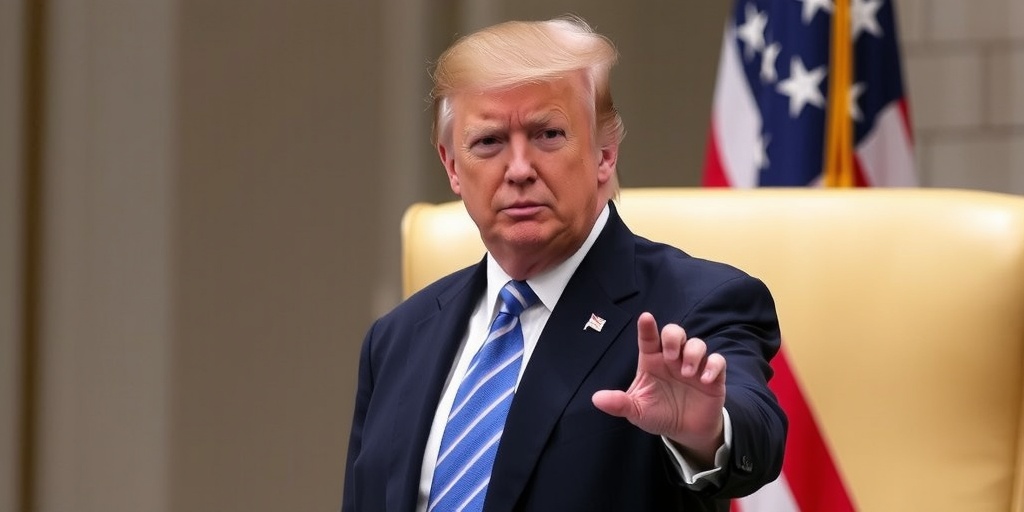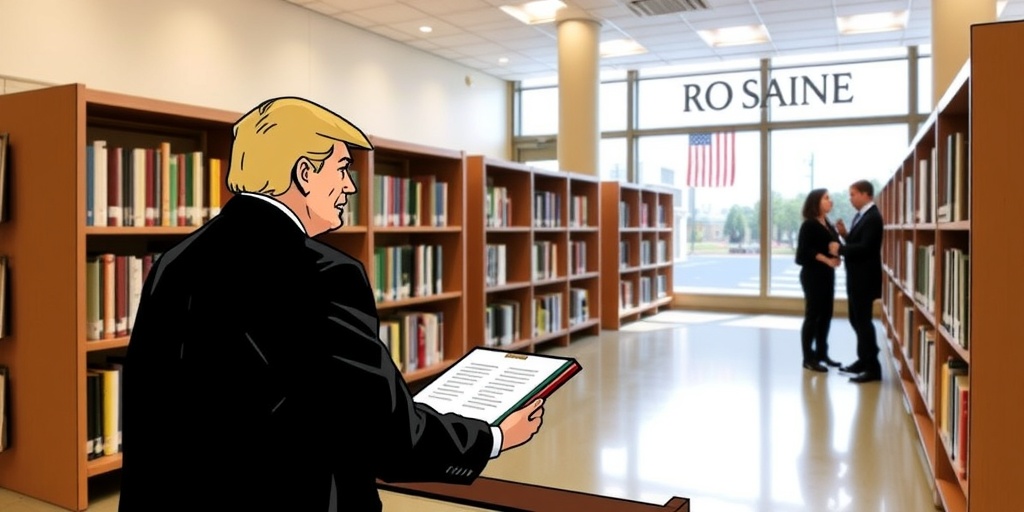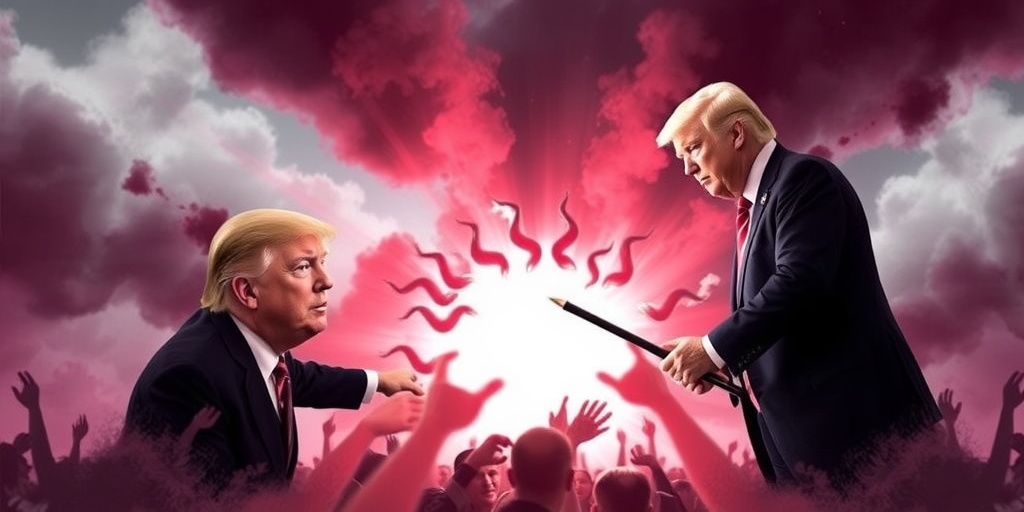Now Reading: Trump Seeks Supreme Court Approval to Dismiss Agency Leaders
-
01
Trump Seeks Supreme Court Approval to Dismiss Agency Leaders
Trump Seeks Supreme Court Approval to Dismiss Agency Leaders

Supreme Court to Consider Trump Administration’s Request to Dismiss Independent Agency Leaders Amid Legal Challenges
On Wednesday, the Trump administration submitted an emergency request to the U.S. Supreme Court, seeking permission to remove the leaders of two independent agencies—the Merit Systems Protection Board (MSPB) and the National Labor Relations Board (NLRB)—while ongoing legal battles regarding their dismissals are resolved in court. This move comes after an appeals court ruled that the administration must reinstate the officials, Cathy Harris and Gwynne A. Wilcox, both appointed by President Joe Biden.
In its application, the Trump administration has asked the Supreme Court to pause the recent ruling from the U.S. Court of Appeals for the District of Columbia Circuit, which mandated that Harris and Wilcox be reinstated. The administration also urged the Court to review the cases and schedule a hearing during a special session in May, aiming for a decision to be made by July. D. John Sauer, the U.S. Solicitor General, acknowledged the urgency of the situation while expressing that allowing the reinstated officials to oversee their respective agencies would undermine the administration’s policy objectives.
Sauer wrote, “The president should not be forced to delegate his executive power to agency heads who are demonstrably at odds with the administration’s policy objectives for a single day — much less for the months that it would likely take for the courts to resolve this litigation.” He emphasized the importance of executive authority and the potential implications of allowing fired officials to continue their roles for an extended period.
The administration’s request to the Supreme Court follows a series of recent challenges where federal judges have halted its initiatives concerning personnel, spending, immigration, and citizenship. These prior rulings have often been tentative, focusing on technical aspects of the law rather than broader presidential powers. The latest emergency application signals a more aggressive reach, targeting a foundational legal precedent established nearly 90 years ago, which restricts the president’s authority to fire heads of independent agencies.
At the heart of this issue is the 1935 Supreme Court case, Humphrey’s Executor v. United States, which laid out limitations on the president’s power to dismiss officials in certain independent regulatory bodies unless specific grounds such as inefficiency or malfeasance are established. This precedent is critical to the ongoing debate over the balance of power between the executive branch and independent agencies.
In the recent appeals court ruling, which held a 7-to-4 majority, the judges concluded that the 1935 precedent prohibits the dismissal of Harris and Wilcox. Both were deemed essential to their agencies, with the MSPB handling federal employment disputes and the NLRB protecting workers’ rights in the private sector.
In February, Trump dismissed Harris and Wilcox without providing specific reasons, defying federal mandates requiring justifications for such actions. The appeals court cited the precedential ruling from Humphrey’s Executor, emphasizing the importance of adhering to established law when it comes to personnel decisions involving these agency heads.
The implications of this legal battle extend beyond the immediate personnel issues at hand. The Trump administration’s push to overturn this precedent reflects a broader agenda to reshape the government’s regulatory landscape. The anticipated Supreme Court review could provide significant insight into how the executive branch’s power is delineated in relation to independent regulatory agencies.
In a notable development, several conservative justices on the Supreme Court have expressed a willingness to reevaluate the precedent established in Humphrey’s Executor, arguing that it infringes upon the president’s constitutional authority to lead the executive branch. In a previous ruling involving the Consumer Financial Protection Bureau, Chief Justice John G. Roberts Jr. indicated that the executive power inherently includes the ability to supervise and remove the agents who exercise executive power, drawing distinctions between agencies led by a single director and those with multiple members.
As this case evolves, the effects on presidential powers, agency independence, and the broader implications for the governance structure of the United States remain to be seen. The upcoming Supreme Court session in May may serve as a pivotal moment not only for the Trump administration’s immediate concerns but also for the long-standing principles of executive authority that have shaped the relationship between the presidency and independent regulatory bodies for nearly a century.
The stakes are high as this ongoing legal battle unfolds, with the potential for a ruling that could significantly broaden the president’s power to control independent agencies, marking a shift in the dynamics of political oversight and agency independence within the federal government.
Stay Informed With the Latest & Most Important News
Previous Post
Next Post
-
 01New technology breakthrough has everyone talking right now
01New technology breakthrough has everyone talking right now -
 02Unbelievable life hack everyone needs to try today
02Unbelievable life hack everyone needs to try today -
 03Fascinating discovery found buried deep beneath the ocean
03Fascinating discovery found buried deep beneath the ocean -
 04Man invents genius device that solves everyday problems
04Man invents genius device that solves everyday problems -
 05Shocking discovery that changes what we know forever
05Shocking discovery that changes what we know forever -
 06Internet goes wild over celebrity’s unexpected fashion choice
06Internet goes wild over celebrity’s unexpected fashion choice -
 07Rare animal sighting stuns scientists and wildlife lovers
07Rare animal sighting stuns scientists and wildlife lovers




















